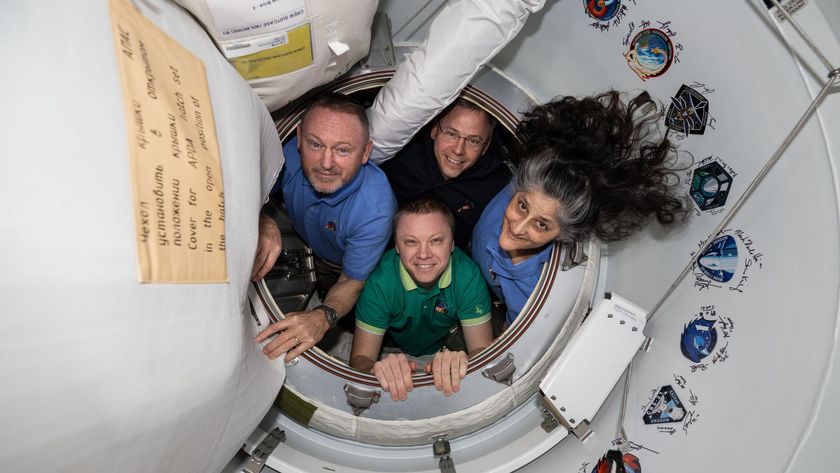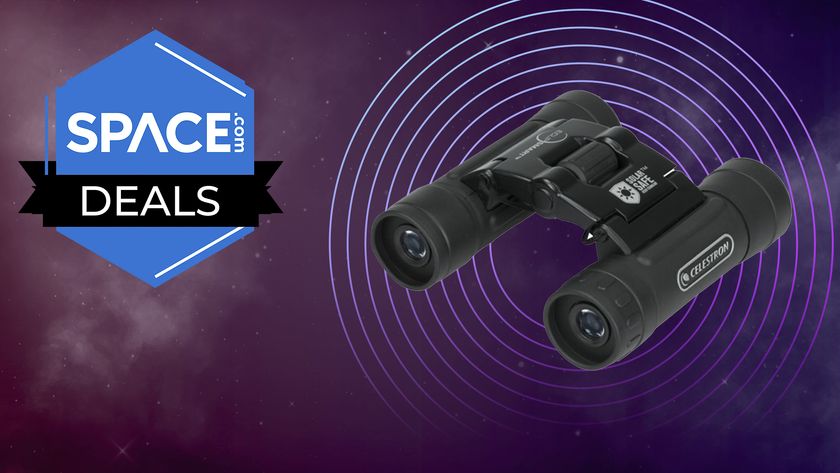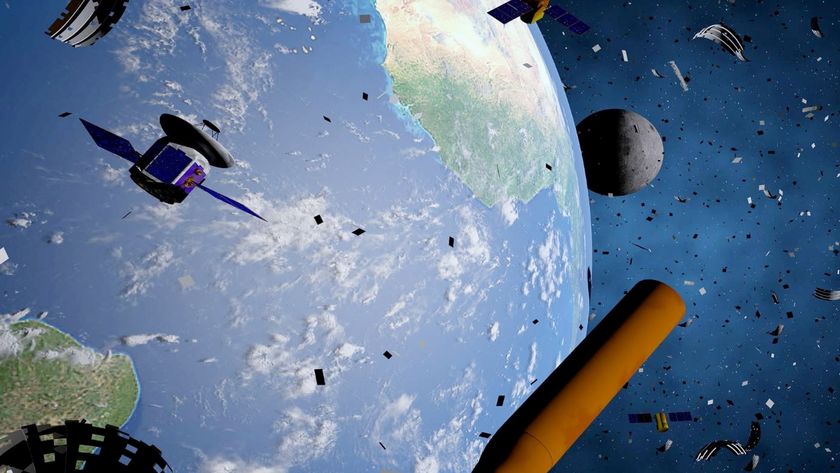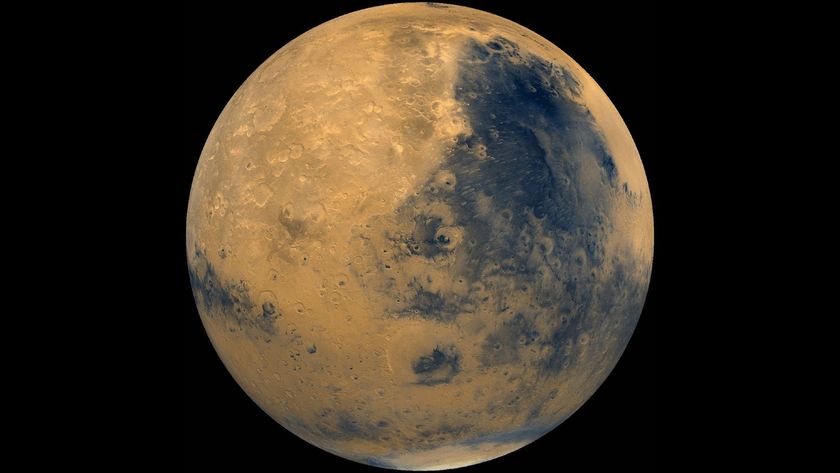Orbital ATK Prepares to Return Antares Rocket to Flight
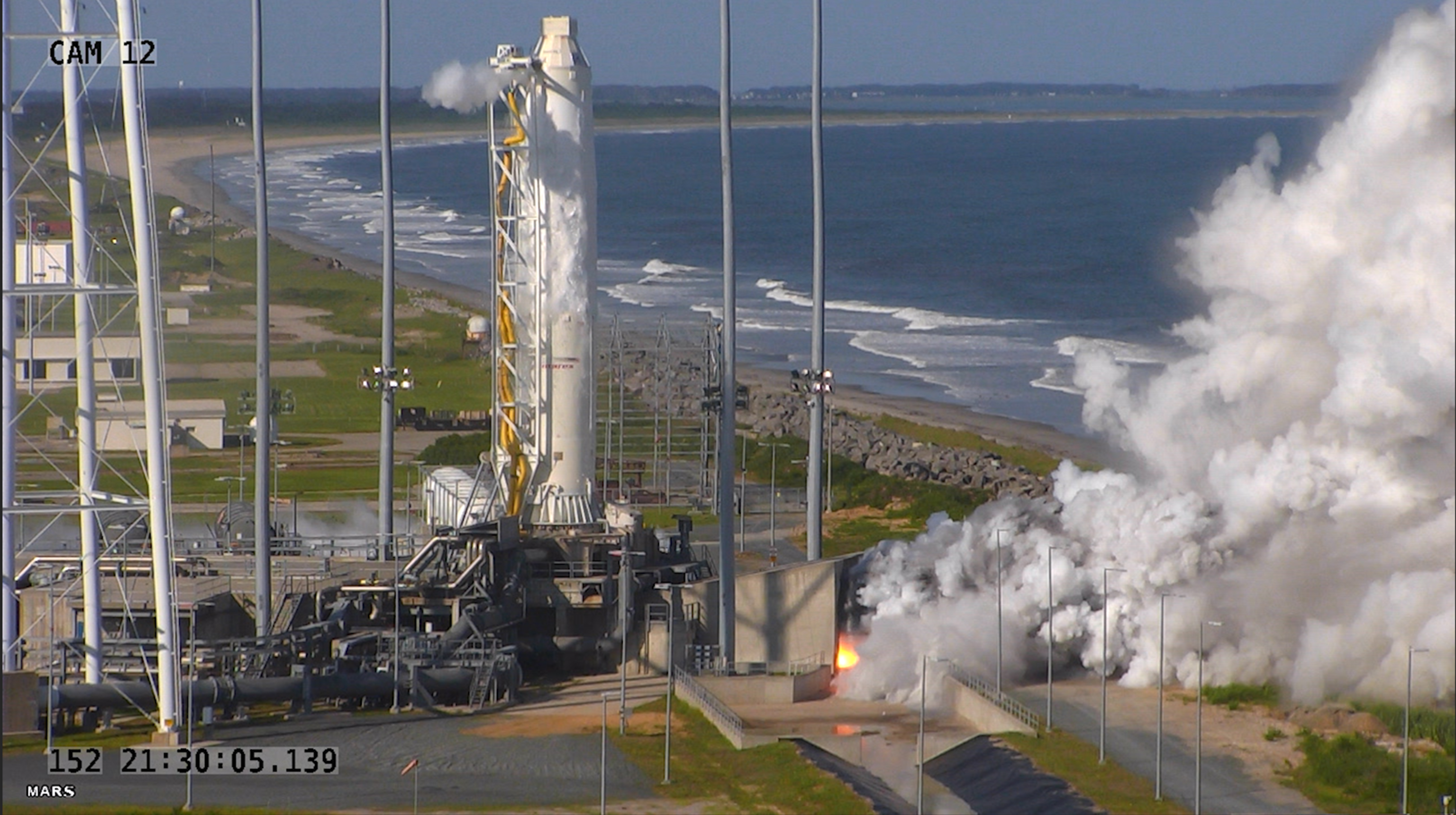
For the first time in almost two years, the private spaceflight company Orbital ATK on Sunday will launch one of its Antares rockets, after an anomaly on Oct. 28 2014, caused one of the company's rockets to explode seconds after liftoff.
"Our team is absolutely thrilled to be back in the launch operations phase," Kurt Eberly, the Antares department program manager for Orbital ATK, told Space.com. You can watch a webcast of the launch here beginning at 7 p.m. EDT (2300 GMT), courtesy of NASA TV.
In addition to understanding what caused the 2014 anomaly, the Antares team has been working on putting two new engines into the Antares' first stage. Those two RD-181 engines will provide the rocket with additional thrust. [Viewing Guide: How to See the Nighttime Antares Rocket Launch]
The Antares rocket that is scheduled to launch Sunday (Oct. 16) is carrying cargo to the International Space Station in an Orbital ATK Cygnus spacecraft. The delivery is part of NASA's Commercial Resupply Services 1 (CRS-1) program; Orbital ATK is one of two companies that hold a contract for CRS-1.
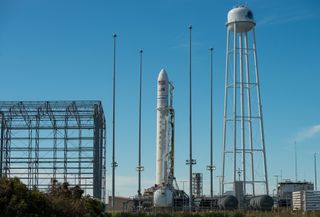
Over the last two years, while the Antares rocket has been out of commission, Orbital ATK has flown the Cygnus to the station using an Atlas V rocket, built by United Launch Alliance and flown out of Cape Canaveral Air Force Station in Florida. For Sunday's launch, Orbital will return to the Wallops Flight Facility in Virginia.
"For us it's great to be home again," Frank DeMauro, vice president and general manager of the Advanced Programs Division at Orbital ATK, told Space.com. DeMauro is also manager of the Cygnus program.
"Just driving down to Wallops, after not having been here for a while — it's back where we belong," he said. "We are just so excited for our launch next week and to move forward."
Get the Space.com Newsletter
Breaking space news, the latest updates on rocket launches, skywatching events and more!
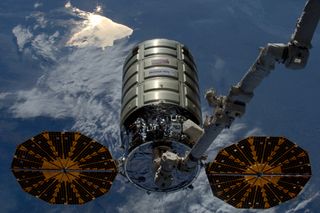
Rocket upgrades
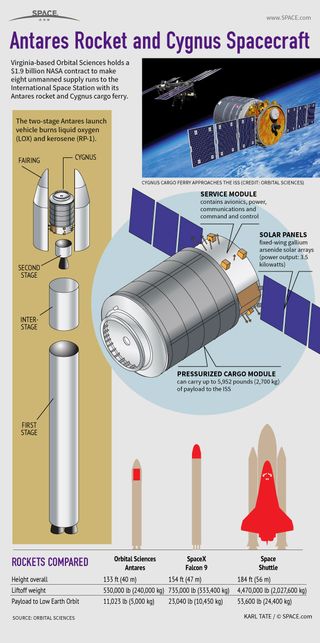
Both the Antares rocket and the Cygnus spacecraft have undergone upgrades in the last year.
In December 2015, Orbital ATK (which was created as a merger between Orbital Sciences Corp. and the Aerospace and Defense groups of Alliant Techsystems Inc. or ATK) flew its first "enhanced Cygnus" spacecraft, which provides more storage capacity than the normal version of the craft. In March, the enhanced Cygnus vehicle carried a record-setting 7,900 pounds of cargo to the station. Sunday's flight will be the sixth cargo-delivery mission to the station (the mission is officially titled OA-5, even though the previous cargo flight was titled OA-6). The Cygnus spacecraft can also take care of garbage on the station: after unpacking the vehicle, astronauts load it up with disposable material, and the whole thing falls back toward Earth and burns up in the atmosphere. [Antares Rocket & Cygnus Spacecraft Explained (Infographic)]
Orbital ATK plans to make 10 cargo deliveries as part of its CRS-1 contract with NASA. In January, it was announced that the company had secured a second contract, worth up to $1.5 billion, for CRS-2. (Private spaceflight provider SpaceX also had a contract for CRS-1 and CRS-2; the Sierra Nevada Corp. also secured a delivery contract with NASA for CRS-2).
DeMauro said Orbital ATK plans to launch its remaining CRS-1 cargo missions with the Antares rocket, but the company may change the launch vehicles during CRS-2, "depending on what NASA wants." The company specifically designed the Cygnus to be able to fly aboard different vehicles that that might offer something that the Antares does not.
With its two new RD-181 engines, which are built by the Russian company NPO Energomash, the Antares has "about 13 percent" increase in thrust compared to the previous configuration, Eberly said. That boost is not necessary for the heavier loads carried by the enhanced Cygnus spacecraft — that's taken care of by an earlier upgrade to the rocket's second stage, which is a solid-rocket engine that is built by Orbital ATK. So the increased thrust now available to Antares could create new opportunities for future missions, DeMauro said.
Looking ahead
Right now, the Antares rocket is only being used for launching the Cygnus spacecraft, but Eberly said the company is planning to make bids to launch NASA science missions and commercial satellites into space.
"That's where we see our future," Eberly said.
In order to make a bid with NASA to launch science missions, Orbital ATK will have to demonstrate at least one successful launch with its proposed vehicle, Eberly said. Hopefully, the company will make that demonstration this week.
In addition, Eberly said the Antares team has been working on a configuration of the rocket that would include a small, liquid-propellant third stage that could give the rocket an extra boost to deliver payloads to slightly higher orbits than it is currently capable of. Those higher obits (which are still in the range known as "low-Earth orbit") are "required for a lot of science satellites," Eberly said.
While Antares won't be able to send large payloads beyond low-Earth orbit (even with an additional third stage), Cygnus may go much farther in the future. Orbital ATK has discussed publicly its desire to be involved in plans by NASA to send humans to destinations beyond low-Earth orbit, such as around the moon or to Mars. DeMauro said the company is looking at how Cygnus' capabilities could be expanded so that it could not just carry cargo, but serve as an orbiting habitat for astronauts.
Follow Calla Cofield @callacofield.Follow us @Spacedotcom, Facebook and Google+. Original article on Space.com.
Join our Space Forums to keep talking space on the latest missions, night sky and more! And if you have a news tip, correction or comment, let us know at: community@space.com.

Calla Cofield joined Space.com's crew in October 2014. She enjoys writing about black holes, exploding stars, ripples in space-time, science in comic books, and all the mysteries of the cosmos. Prior to joining Space.com Calla worked as a freelance writer, with her work appearing in APS News, Symmetry magazine, Scientific American, Nature News, Physics World, and others. From 2010 to 2014 she was a producer for The Physics Central Podcast. Previously, Calla worked at the American Museum of Natural History in New York City (hands down the best office building ever) and SLAC National Accelerator Laboratory in California. Calla studied physics at the University of Massachusetts, Amherst and is originally from Sandy, Utah. In 2018, Calla left Space.com to join NASA's Jet Propulsion Laboratory media team where she oversees astronomy, physics, exoplanets and the Cold Atom Lab mission. She has been underground at three of the largest particle accelerators in the world and would really like to know what the heck dark matter is. Contact Calla via: E-Mail – Twitter
